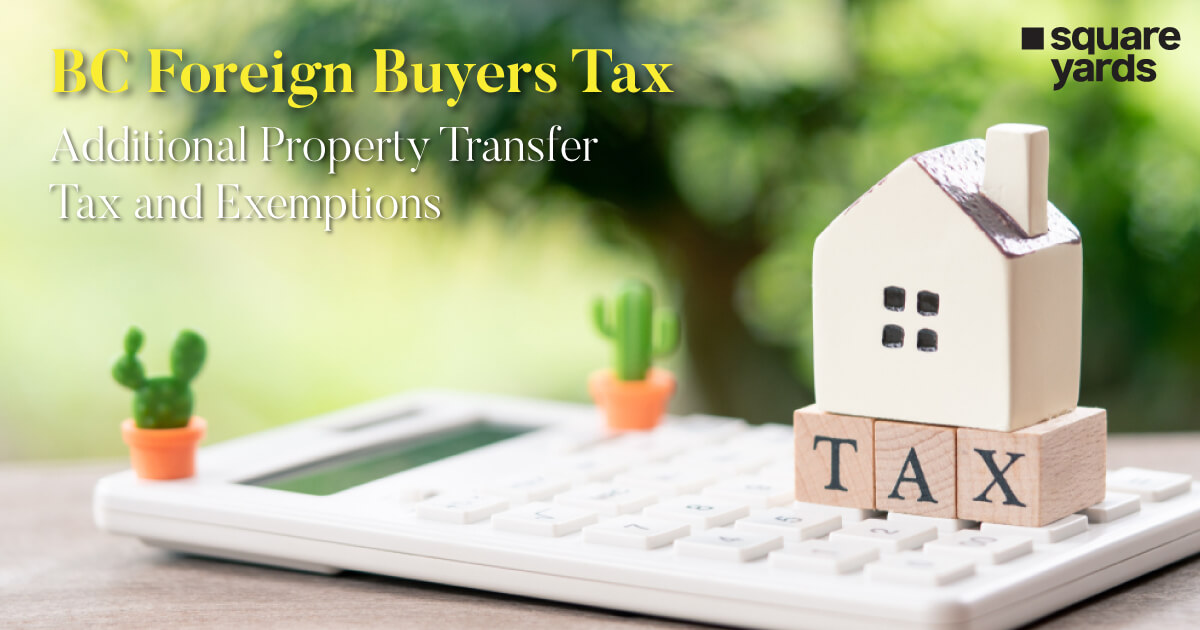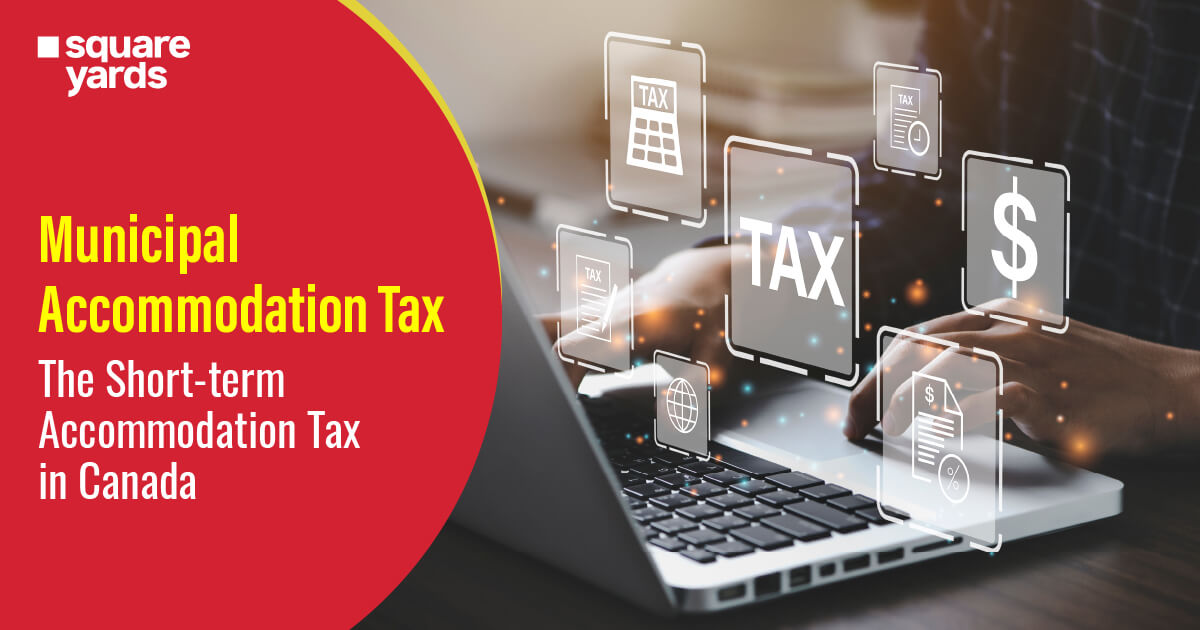Buying a home and becoming a homeowner is challenging and often filled with confusing terms one has not heard of. A term that frequently appears in real estate is PITI. It stands for Principal, Interest, Taxes, and Insurance. It represents the total amount a homeowner must pay annually and plays a key role in determining the affordability of a home. Understanding PITI is crucial when searching for a new home. It’s a non-negotiable aspect—either you can afford the payments or not buy the house. A home is often the most significant purchase, so it’s essential to calculate all the costs before making such a major financial commitment. Before investing in a new home, you must understand how PITI in real estate works.
An Introduction to PITI
PITI is an acronym for Principal, Interest, Taxes, and Insurance. It refers to all the aspects that can be included in a mortgage’s monthly payment. PITI is one of the most valuable factors in the funds for a home purchase. During mortgage applications, the debt-to-income ratio (DTI) helps estimate the share of income you will use to pay debts. Your DTI and new housing costs must be below a certain percentage.
PITI is calculated monthly. It is recommended that 28% of the total monthly income be required for mortgage loan approval. PITI and gross monthly income are compared using the front-end ratio. While some may accept a ratio as high as 40% for calculating PITI, most lenders favour a front-end ratio of 31% or less. For instance, a $2,500 PITI divided by a $10,000 gross monthly income results in a 25% front-end ratio.
The loan principal and interest obligation are divided by gross revenue to get the front-end ratio. However, the total monthly liabilities are divided by gross revenue for the back-end ratio. Property taxes and insurance costs are frequently excluded from the monthly obligations. The insurance provider and government receive direct payment for these duties. Are you curious about the importance of PITI in real estate? It provides an approximate figure of how much you can afford to pay for a house. Therefore, accurately calculating PITI in real estate is crucial before investing.
Let’s explore the four key elements of PITI.
Principal
It is considered a crucial component of PITI in real estate. The principal refers to the amount of your down payment already deducted from the sale price of your house. Part of your monthly mortgage payment is applied to reduce your principal. As soon as you pay off the principal, the amount owed on your loan will gradually decrease. This will increase equity—the part of your house that belongs to you. In the initial months of your mortgage, only a small portion of your monthly payment will be applied to the principal. However, over the loan’s tenure, a large amount will be allocated towards reducing the principal debt.
For instance, if you paid $200,000 for your house and put down 5%, which is $10,000, your principal amount will be $190,000.
Interest
The next component of PITI is interest. When you take out a loan from your lender, you are charged interest, which is calculated based on the remaining principal. During the initial years of your loan, a significant portion of your monthly mortgage payment is used to pay off interest. With a fixed-rate mortgage, your interest rate will remain constant during the loan term, whereas an adjustable-rate mortgage will change over time.
Taxes
Your property taxes usually go to the government either weekly or yearly. Nevertheless, many lenders include property taxes in the loan payment. They deposit them in an escrow account until the time arrives for your tax bill. To qualify for a mortgage, your lender will include taxes in your monthly payment, even though you are paying your property taxes. In contrast to your monthly instalment, property taxes are not fixed. Your local property tax rate and tax assessment determine your tax. The assessment is the value your local government places on your house.
There are two possible changes to your property tax statement. First, if your government changes the rate at which property taxes are levied, your tax bill may go up or down. In addition, your tax payment will adjust to reflect the market worth of your house upon reassessment. Your property tax assessment might go down, but it will likely go in another direction. The good news is that you can challenge your property tax assessment with your local government if you believe it is incorrect.
Insurance
One of the last and most important components of PITI is insurance. It is the final portion of your monthly mortgage payment. Generally, three types of insurance protect against potential losses for you and your lender. Your insurance payments are typically collected monthly with your taxes and sometimes held in escrow until they are due. Depending on your loan, additional insurance may be required. Consult with the lender to understand your options and know your responsibilities.
Private Mortgage Insurance (PMI)

PMI protects the lender against your failure to repay. Your PMI rates are determined by your credit score and the amount of money you have put down. If you pay less than 20% down payment on your house loan, you must pay PMI. There are two major types of PMI: lender-paid and borrower-paid. With borrower-paid, you pay the lender, who then pays the insurance company. This amount is often rolled into your monthly payment if you have lender-paid mortgage insurance.
To add to the confusion, Mortgage Insurance Premium (MIP) is another abbreviation for mortgage insurance. PMI is used for conventional loans; MIP is used for Federal Housing Administration (FHA) loans. If PMI and MIP are needed for your loan, they are covered by the insurance part of your PITI.
Homeowner Insurance
A normal policy would protect your belongings against theft, damage, and fire. All lending companies require insurance coverage to safeguard your investment and home. Typically, you are expected to opt for suitable coverage based on the value of your home. Earthquakes or flood damage will require separate insurance coverage. Moreover, your property location and design may raise or lower the cost of homeowners insurance. The average estimate, however, is $35 a month for every $100,000 for a typical house value. If you had a loan of $200,000, your monthly payment may stand at $70.
Calculating PITI in Real Estate: A Comprehensive Breakdown
Calculating PITI before starting your home-buying process can save you valuable time. Knowing your affordable PITI payment helps you focus on homes within your budget and avoid the expensive ones.
Here are the steps to calculate PITI, ensuring you create a realistic budget covering home buying and homeownership costs.
Assess Principal and Interest Payments
Your Closing Disclosure form will mention the principal and interest amounts as you approach the home purchase. If you’re just beginning the home-buying process, use a Home Affordability Calculator to determine the maximum price you can afford. While it won’t specify your principal and interest, it will help narrow your search and set realistic goals.
Calculate Monthly Property Taxes
To estimate your monthly property tax payments, use the following formula:
Monthly property taxes = (Assessed value of your home x Annual county tax rate) / 12
For example, if your home’s assessed value is $500,000 and the property tax rate is 1.8%, your annual property tax would be $500,000 x 0.018 = $9,000. Dividing this by 12 gives you a monthly property tax payment of $750, which your lender will include in your monthly escrow payment.
Evaluate Homeowners Insurance Costs
The cost of your homeowners insurance depends on factors such as the home’s value and the coverage level you select. Obtain quotes from various insurers before purchasing a home to estimate your monthly insurance costs and find a more affordable policy.
Understand Mortgage Insurance Obligations
You are likely to pay mortgage insurance for a down payment of less than 20% on a conventional loan or when using an FHA loan. Your lender will provide details about these costs before closing. If you’re getting a conventional loan, inquire about the duration you must pay for PMI.
Investigate HOA Fees
Homeowners Association (HOA) fees are monthly charges all members must pay. Additionally, HOAs may impose special assessments for specific projects or repairs. Review the HOA rules and fees before purchasing a home in such a community and ask about any upcoming assessments.
Total Your PITI
Here’s an example of calculating PITI:
Suppose you take out a $400,000 mortgage at a 6% interest rate. Your county tax assessor appraises the home at $400,000; your tax rate is 1.5%. Your annual homeowners insurance is $1,800 ($150 monthly). You’re paying $50 monthly for PMI, and your HOA charges a $250 monthly fee.
|
PITI Expenses |
Price |
|
Principal and Interest |
$2,398.20 |
|
Property Taxes |
$500 |
|
Homeowners Insurance |
$150 |
|
Private Mortgage Insurance (PMI) |
$50 |
|
HOA Fees |
$250 |
|
TOTAL |
$3,348.20 |
Conclusion
The more you understand, the simpler purchasing a property becomes. Prospective homebuyers must know PITI to monitor spending, make informed decisions, and manage homeownership expenses. Understanding PITI equips you to handle this significant financial commitment confidently. Consult with a lender to learn more about the PITI you can afford.
You May Also Read
|
Know The Cap Rates for Multifamily investing |
|
|
Guide To Refinance Mortgage Rates |
|
|
Explore GST And HST in Canada |
|
|
Understand Small Business Tax Deductions |
Frequently Asked Questions (FAQs)
PITI falls under the 28% rule, which states monthly housing expenses should not be more than 28% of gross income. This guideline ensures that your house expenses will allow you to be financially stable, manage overall debt, and not overcommit your budget to housing costs.
Various mortgage loans impact PITI by setting the interest rate and terms, affecting the monthly principal and interest payments. Fixed-rate mortgages provide stable payments, while adjustable-rate mortgages fluctuate over time. Also, the type of loan will impact your property taxes and insurance costs, altering your total PITI.
No, the assessed value of your home is not the same as its fair market value. The estimated value determines the amount of property taxes a homeowner charges, while the fair market value is the selling price on the market. Property taxes in PITI are based on the assessed value, not the market value. How does PITI align with the 28% rule?
How does my mortgage type affect my PITI?
Is the assessed value of my home the same as the fair market value?











